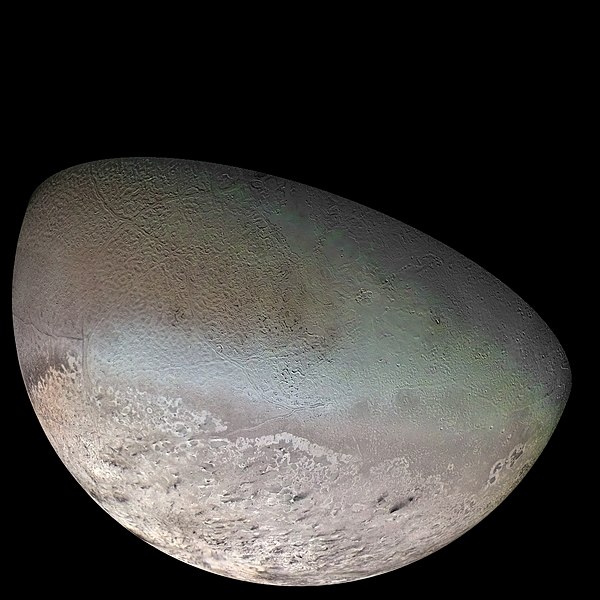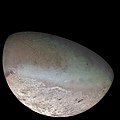Tập tin:Triton moon mosaic Voyager 2 (large).jpg

Kích thước hình xem trước: 600×600 điểm ảnh. Độ phân giải khác: 240×240 điểm ảnh | 480×480 điểm ảnh | 768×768 điểm ảnh | 1.024×1.024 điểm ảnh | 2.048×2.048 điểm ảnh | 4.700×4.700 điểm ảnh.
Tập tin gốc (4.700×4.700 điểm ảnh, kích thước tập tin: 12,11 MB, kiểu MIME: image/jpeg)
Lịch sử tập tin
Nhấn vào ngày/giờ để xem nội dung tập tin tại thời điểm đó.
| Ngày/giờ | Hình xem trước | Kích cỡ | Thành viên | Miêu tả | |
|---|---|---|---|---|---|
| hiện tại | 19:40, ngày 10 tháng 10 năm 2011 |  | 4.700×4.700 (12,11 MB) | Jbarta | Minimally compressed JPG from TIFF original at NASA. This image has already been colored by NASA. I think we have no business trying to "fix" the coloring. The only alteration made from the NASA original is to enlarge the canvas to enclose the complete sp |
| 21:00, ngày 1 tháng 1 năm 2010 |  | 4.600×4.600 (2,81 MB) | Supportstorm | Image Adjustments: Auto levels on contrast and color | |
| 21:59, ngày 18 tháng 2 năm 2008 |  | 4.600×4.600 (1,71 MB) | Kaldari | same image, better dimensions | |
| 04:59, ngày 8 tháng 4 năm 2005 |  | 4.500×3.500 (1,96 MB) | Bricktop | same image, higher resolution | |
| 17:13, ngày 3 tháng 4 năm 2005 |  | 1.024×796 (150 kB) | Smartech~commonswiki | A color mosaic of Triton, Neptune's moon (large). Taken by Voyager 2 in 1989. Color was synthesized by combining high-resolution images taken through orange, violet, and ultraviolet filters; these images were displayed as red, green, and blue images and |
Trang sử dụng tập tin
Có 6 trang tại Wikipedia tiếng Việt có liên kết đến tập tin (không hiển thị trang ở các dự án khác):
Sử dụng tập tin toàn cục
Những wiki sau đang sử dụng tập tin này:
- Trang sử dụng tại af.wikipedia.org
- Trang sử dụng tại an.wikipedia.org
- Trang sử dụng tại ar.wikipedia.org
- Trang sử dụng tại ary.wikipedia.org
- Trang sử dụng tại arz.wikipedia.org
- Trang sử dụng tại ast.wikipedia.org
- Trang sử dụng tại azb.wikipedia.org
- Trang sử dụng tại az.wikipedia.org
- Trang sử dụng tại ba.wikipedia.org
- Trang sử dụng tại be-tarask.wikipedia.org
- Trang sử dụng tại be.wikipedia.org
- Trang sử dụng tại bg.wikipedia.org
- Trang sử dụng tại bn.wikipedia.org
- Trang sử dụng tại bn.wikibooks.org
- Trang sử dụng tại bs.wikipedia.org
- Trang sử dụng tại ca.wikipedia.org
Xem thêm các trang toàn cục sử dụng tập tin này.


